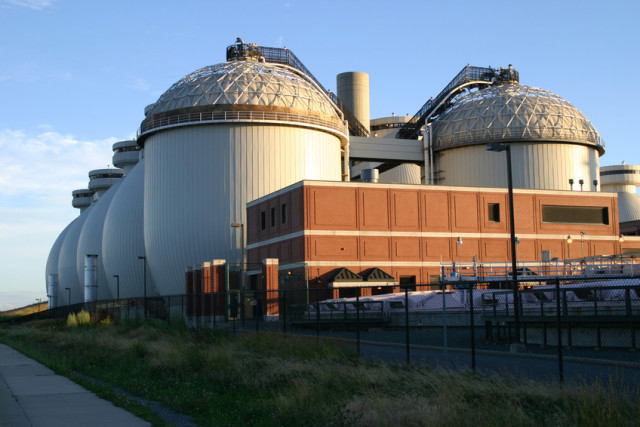With the focus on environmental conservation in recent years, sewage pollution has become an increasing worry.
Unfortunately, even when attempting to reduce the dangers of improper water filtration, regulations may not be quite up to par, such as the recent lawsuit against the Environmental Protection Agency by Washington D.C. Water, according to The Washington Post.
Washington D.C. Water is alleging that the EPA improperly calculated the new limits of the amount of E. coli that the sewage treatment facility could discharge into the Potomac River.Supposedly the EPA didn’t consider that the Blue Plains Advanced Waste Water Treatment Plant can experience spikes in E. coli levels as a result of rain water rushes entering the plant during storms. Not only is the potential for human waste to contain E. coli a worry, but animal waste that runs off from lawns and rain water can also pose this threat.
D.C. Water claims that flaws in how the EPA calculated the new daily limits for its pending permit renewal would require “unreasonable mandates” that could cost up to $1 billion in upgrades to the largest waste water treatment plant in the world, treating sewage for more than two million people in the District.
Along with many other such plants in the U.S., D.C. Water has been under scrutiny for years due to the levels of pollution it sends into local streams and rivers.
Legal director for the Potomac Riverkeeper environmental group, Phillip Musegaas, said the plant should have the means to sufficiently treat water before it enters the river.
“That’s a large, state-of-the-art plant that they’ve invested a lot of money in,” Musegaas said. “There’s no reason they can’t meet the daily standard.”
With such substantial funding, processes, equipment, and maintenance are expected to last long and be reliable. For example, experts say how long a sewer will last depends on various factors that affect its integrity, but if a sewer is 40 years old, it may need replacing.
D.C. Water has spent $1.5 billion to reduce sewer overflows into bodies of water since the 2005 legal settlement. The expenses include the construction of massive tunnels beneath the city to hold rainwater until a storm passes to prevent runoff.
The 20-year Clean Rivers Project is estimated to cost a total of $2.6 billion.
Fortunately for D.C. residents, USA Today reports that the capital has introduced the largest “poop to power” waste treatment plant in the U.S. to remove the waste from the water and actually use it to generate energy.
The excrement is stored in rows of massive tanks, where it waits to go through several levels of filtration to separate the bacteria in the waste under high temperatures and pressure to convert it into bio-gas, which can then be used to generate electricity.
Theodora Retsina, process engineer for the District of Columbia Water and Sewage Authority explains, “The microbes here actually convert the material to methane gas so that’s what it’s doing in 20 days, the bugs are munching and they are essentially giving off gas.”
While the resulting water is not considered drinkable under current regulations, it is clean enough to be re-entered into streams and rivers.
Even though the complex costs about half a million dollars per year to operate, it produces enough to energy to power 10,000 households.
























